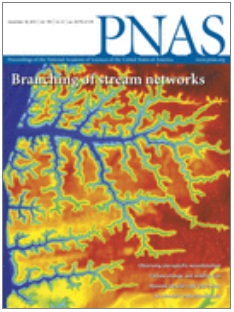Site-specific recombination plays key roles in microbe biology and is exploited extensively to manipulate the genomes of higher organisms. Cre is a well studied site-specific recombinase, responsible for establishment and maintenance of the P1 bacteriophage genome in bacteria. During recombination, Cre forms a synaptic complex between two 34-bp DNA sequences called loxP after which a pair of strand exchanges forms a Holliday junction (HJ) intermediate; HJ isomerization then allows a second pair of strand exchanges and thus formation of the final recombinant product. Despite extensive work on the Cre-loxP system, many of its mechanisms have remained unclear, mainly due to the transient nature of complexes formed and the ensemble averaging inherent to most biochemical work. Here, we address these limitations by introducing tethered fluorophore motion (TFM), a method that monitors large-scale DNA motions through reports of the diffusional freedom of a single fluorophore. We combine TFM with Förster resonance energy transfer (FRET) and simultaneously observe both large- and small-scale conformational changes within single DNA molecules. Using TFM–FRET, we observed individual recombination reactions in real time and analyzed their kinetics. Recombination was initiated predominantly by exchange of the “bottom-strands” of the DNA substrate. In productive complexes we used FRET distributions to infer rapid isomerization of the HJ intermediates and that a rate-limiting step occurs after this isomerization. We also observed two nonproductive synaptic complexes, one of which was structurally distinct from conformations in crystals. After recombination, the product synaptic complex was extremely stable and refractory to subsequent rounds of recombination

